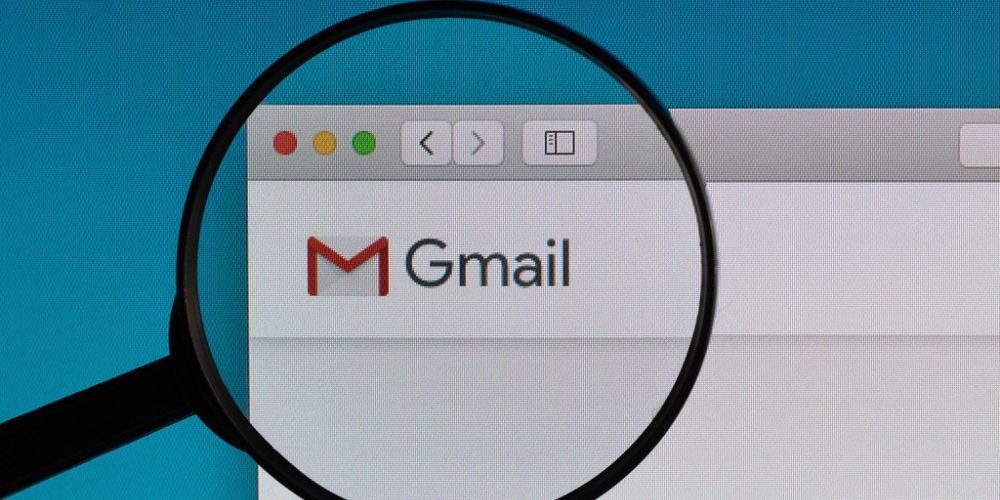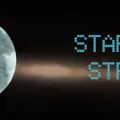Celebrating Two Decades of Gmail: Transforming Email Communication

The advent of Gmail twenty years ago marked a pivotal moment in the digital communication sphere. Before Gmail's introduction, the landscape of email services was vastly different, often limited by storage constraints and reliability issues. Gmail, launched by Google on April 1, 2004, not only heralded a new era of email communication but also demonstrated Google’s capacity to innovate and lead in the technological domain. As we reflect on Gmail's journey over the past two decades, it becomes evident that its impact goes beyond merely sending and receiving emails; Gmail has fundamentally changed how we communicate, organize, and even think about email as a tool for personal and professional communication.
The inception of Gmail was met with skepticism, partly due to its launch date coinciding with April Fool's Day, a day synonymous with hoaxes and pranks. However, Gmail quickly dispelled any doubts about its legitimacy by offering features that were ahead of its time. With an unprecedented 1GB of free storage space at launch, Gmail dwarfed its competitors, who at the time offered a fraction of this capacity. This generous storage allowance meant users could save more emails without the fear of running out of space, a common concern with other services. Additionally, Gmail introduced an innovative and user-friendly interface, including a powerful search feature, making it easier for users to manage and navigate their emails efficiently.
Gmail's evolution didn’t stop there. Over the years, it has continuously improved and added new functionalities, such as enhanced security features to protect users from phishing attacks and spam, integration with other Google services like Google Drive and Calendar, and the development of the mobile app to ensure users have access to their emails anytime, anywhere. These features, among others, have kept Gmail at the forefront of email service technology, constantly setting the bar higher for what users can expect from their email platforms.
Today, Gmail boasts over 1.2 billion active accounts, a testament to its widespread adoption and the trust it has garnered from users worldwide. This figure, while staggering, underscores Gmail's role in not just shaping email communication standards but also in fostering a more connected world. Through consistent innovation, Gmail has ensured that email remains a relevant, powerful, and indispensable tool in our digital lives, empowering users with a platform that is as robust as it is intuitive.
As Gmail celebrates its 20th anniversary, it stands as a monument to Google's vision of making email accessible, reliable, and free for everyone. The journey of Gmail from a service eyed with skepticism to becoming the backbone of digital communication for billions around the globe is a compelling story of technological advancement and user-centric innovation. Looking ahead, the future of Gmail appears just as promising, with continuous enhancements and innovations on the horizon. As digital communication evolves, Gmail is poised to remain at the heart of it, further cementing its legacy and shaping the future of how we connect, one email at a time.












